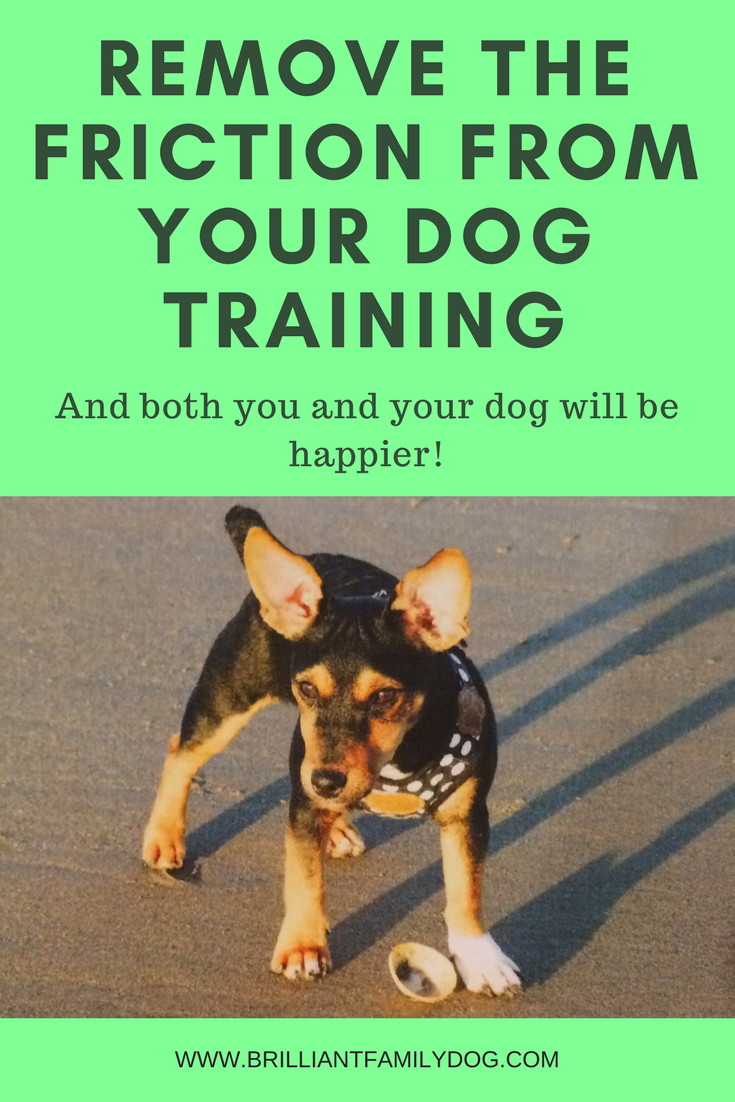An old man is teaching his grandson about life. “A fight is going on inside me,” he said to the boy.
“It is a terrible fight and it is between two wolves. One is evil – he is anger, envy, sorrow, regret, greed, arrogance, self-pity, guilt, resentment, inferiority, lies, false pride, superiority, and ego.” He continued, “The other is good – he is joy, peace, love, hope, serenity, humility, kindness, benevolence, empathy, generosity, truth, compassion, and faith. The same fight is going on inside you – and inside every other person, too.”
The grandson thought about it for a minute and then asked his grandfather, “Which wolf will win?”
The old man simply replied, “The one you feed.”
This bit of wisdom is attributed to the Cherokees, but, in fact, it’s not known where it came from.
And what possible relevance does this have to me, and my dog, you ask?
It’s all a question of focus.
What you focus on is what you get.
What you reward will, inevitably and without any doubt, be repeated.
It’s a basic tenet of Learning Theory, in which our modern dog training is grounded.
I sum it up in my mantra, which I give to all my students and hope they learn by heart so they can recite it to themselves at any moment:
Reward what you like
Ignore what you don’t like
Manage what you can’t ignore
[Manage? That simply means arranging things so that the thing you don’t like is very unlikely to happen - like keeping sharp things out of a baby’s reach, keeping the street door firmly shut, and so on.]
Now this is the most simple way to train your dog - or anyone else, for that matter!
Don’t rise to the things you don’t like. As you will know and admit, that only makes things worse.
This can apply to things that are as basic as .. the dog peeing in the wrong place. Pointing to the offending patch on the carpet is not going to help your dog understand where he’s meant to relieve himself!
And heaping on praise, for anything that you do like, is going to speed up your puppy’s understanding of the house rules in this strange new human world he’s found himself in.
But is this what we do?
Sadly, no.
Most people harp on the bad thing and almost forget to teach the new, desired, thing!
Complaining to your dog about what he does “wrong” is only going to focus his attention on it.
As Dan Millman says, in his book Socrates,
“The secret of change is to focus all of your energy
Not on fighting the old
But on building the new”
It really is simple when you look at it like that.
And remember - this doesn’t only apply to dogs! Oh, nonono! Look at yourself and your dealings with everyone in the same light.
Your child brings his plate back to the kitchen? Thank him profusely, rather than complaining about having to pick up plates from all over the house when he doesn’t do it.
Your chaotic co-worker turns up on time for once? Buy him a coffee, rather than grouse next time he arrives late.
Speaking of coffee - as I often do …
.. if you want to reward me for all the info I give you freely, here’s your chance!
And if your dog pauses while pulling on the lead and looks back at you, TREAT! And remember to brush up on your loose lead training as soon as you get home again.
Focus on the good
Thing is, focussing on the good makes your child/colleague/dog feel better and more inclined to repeat the good thing.
And, importantly, it makes you feel better too!
We aren’t here for long. Let’s make our stay a pleasant one.











